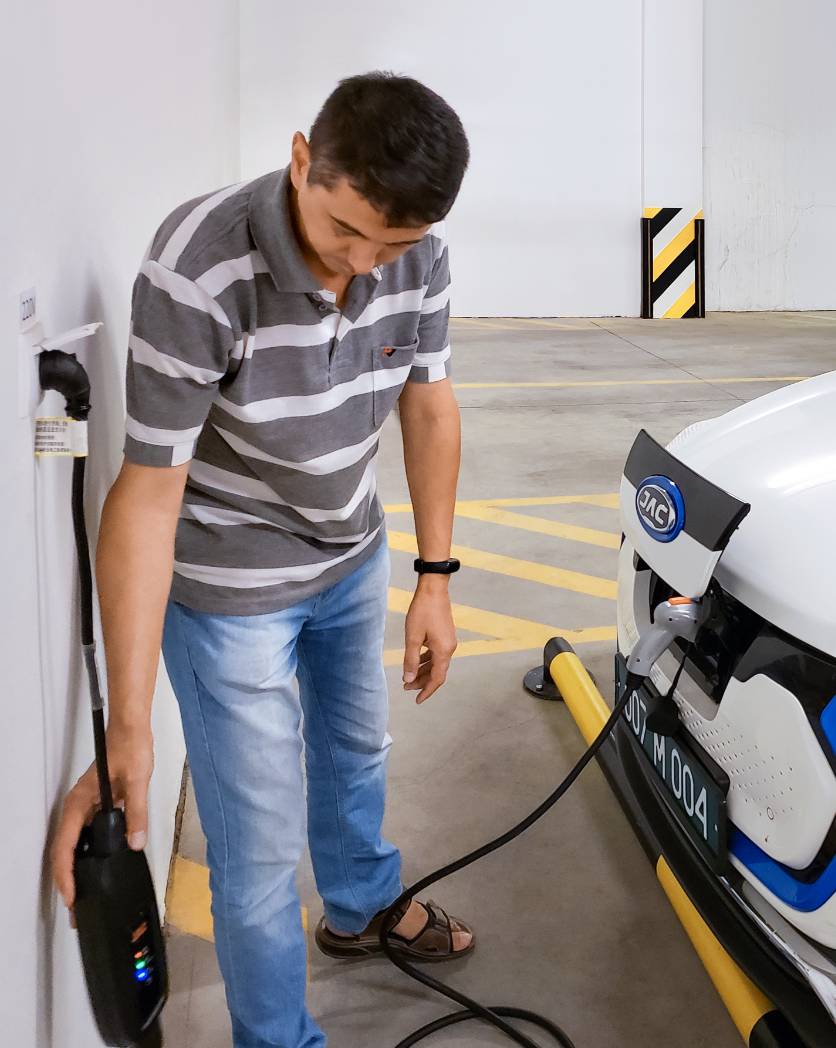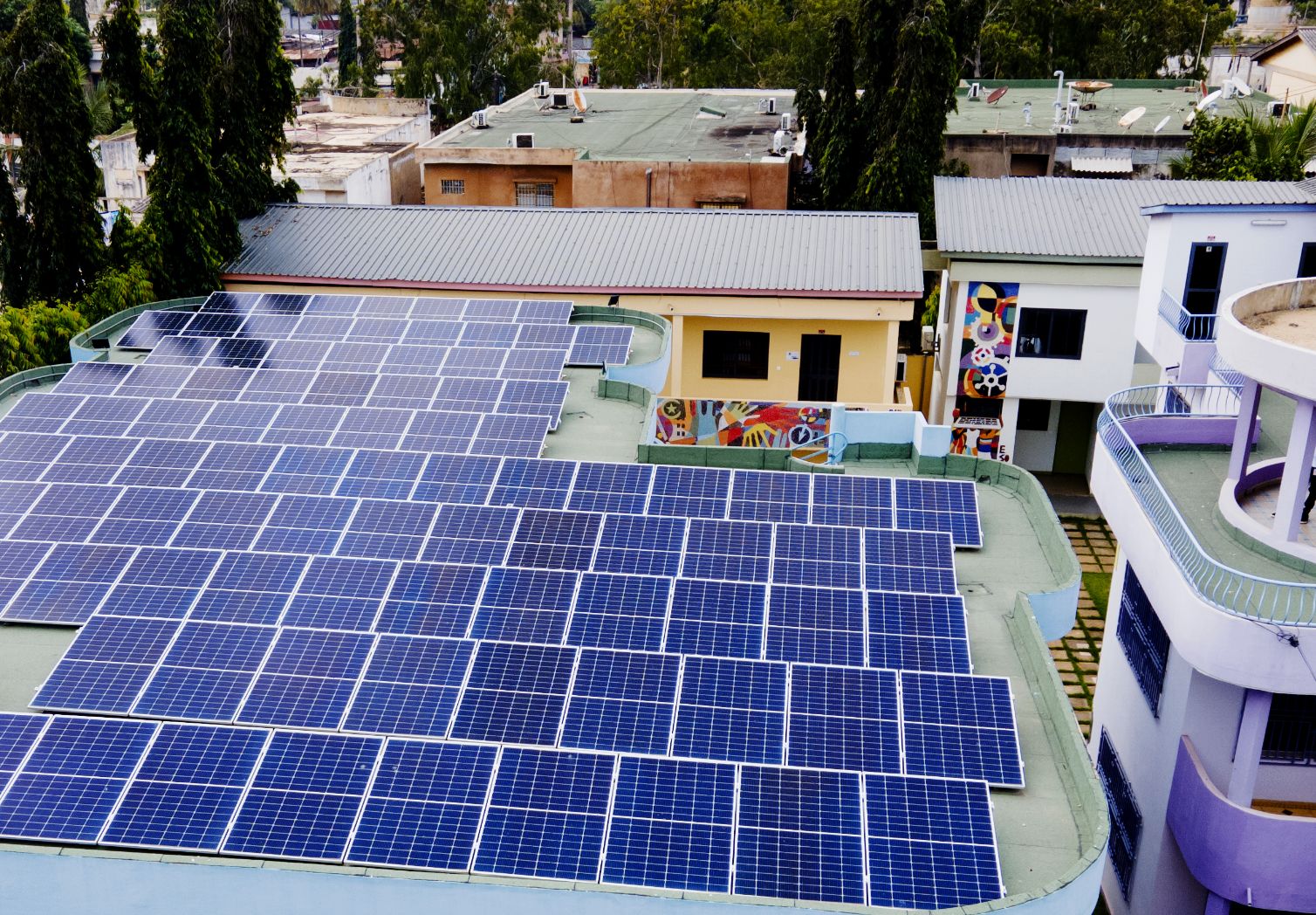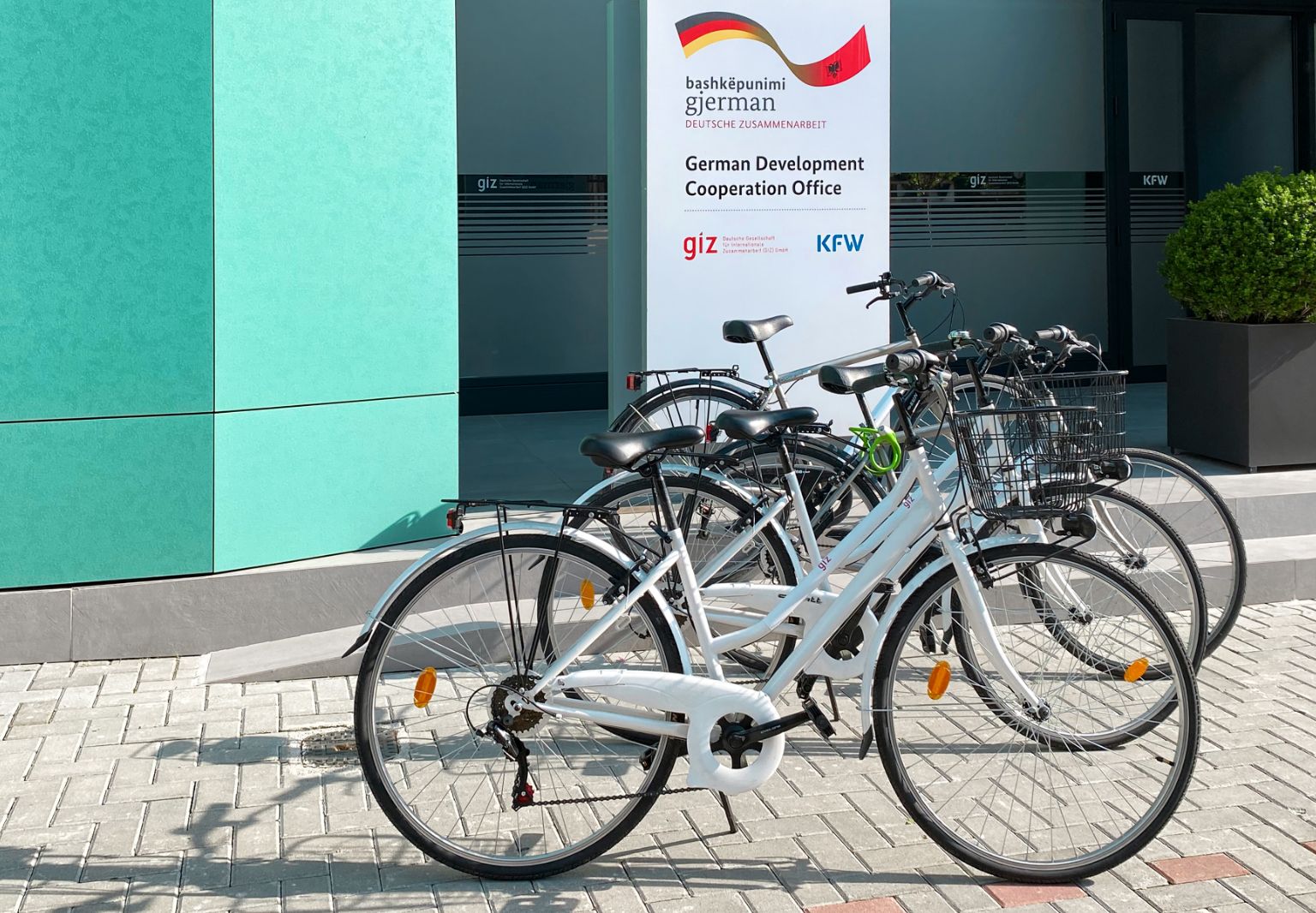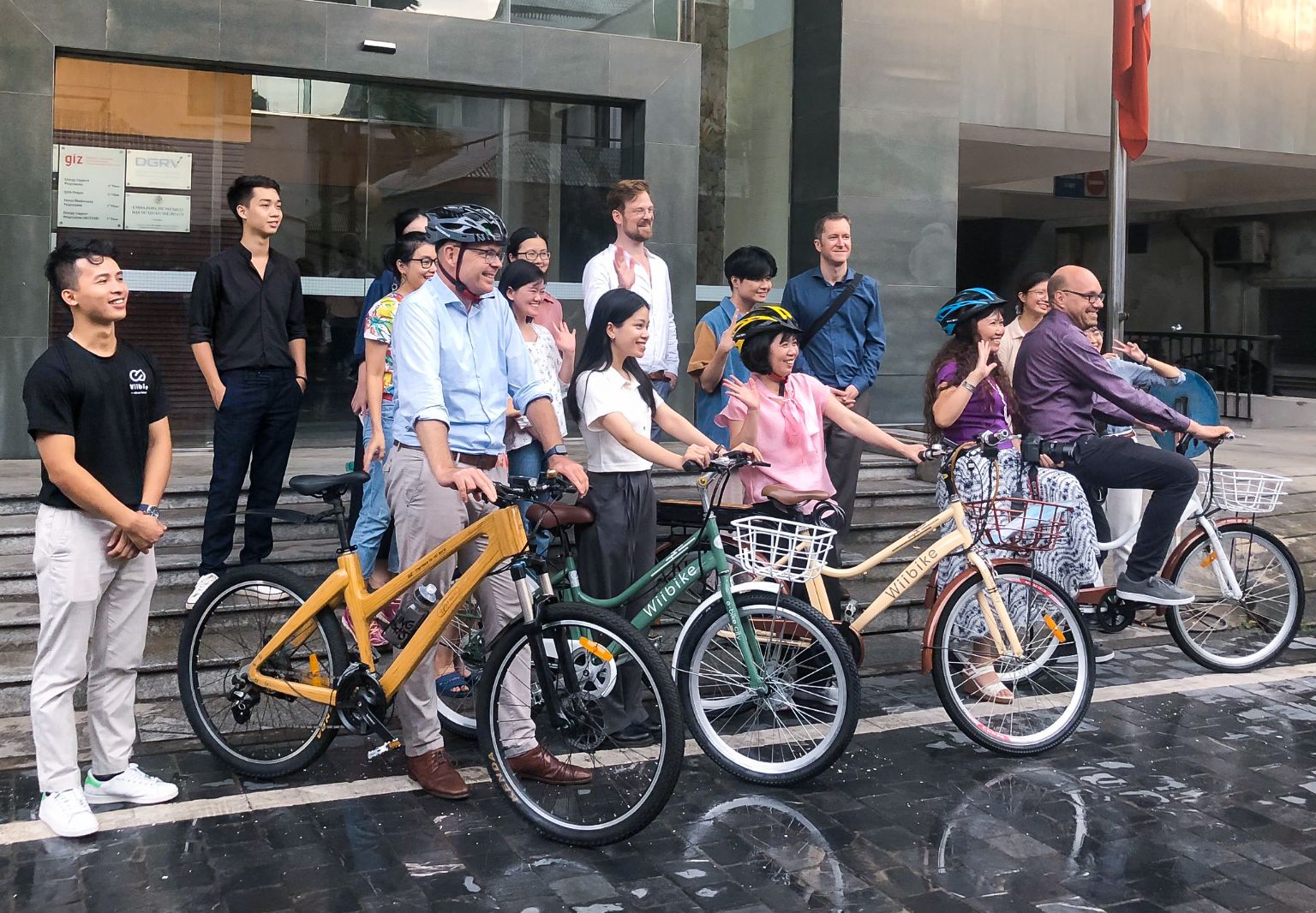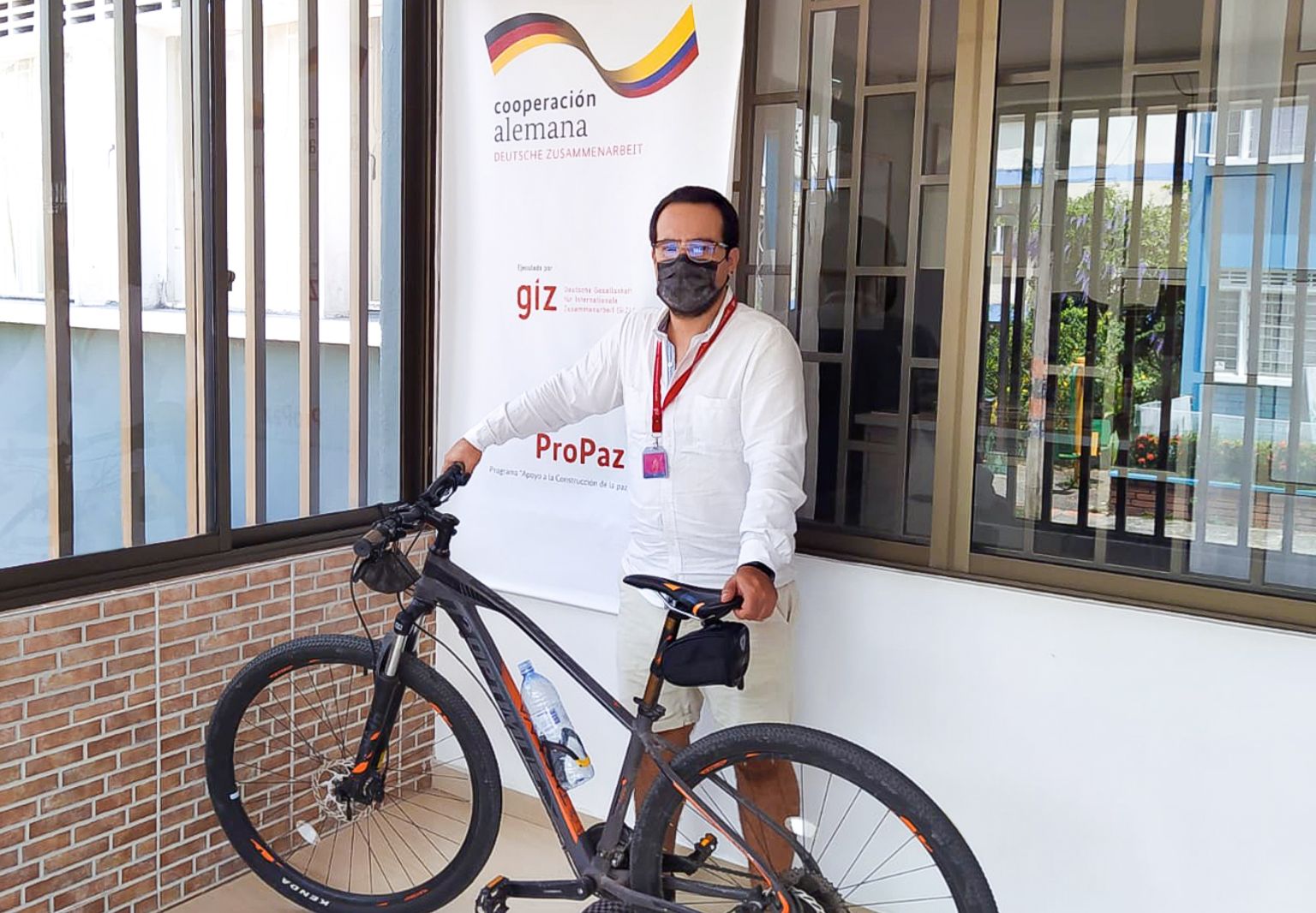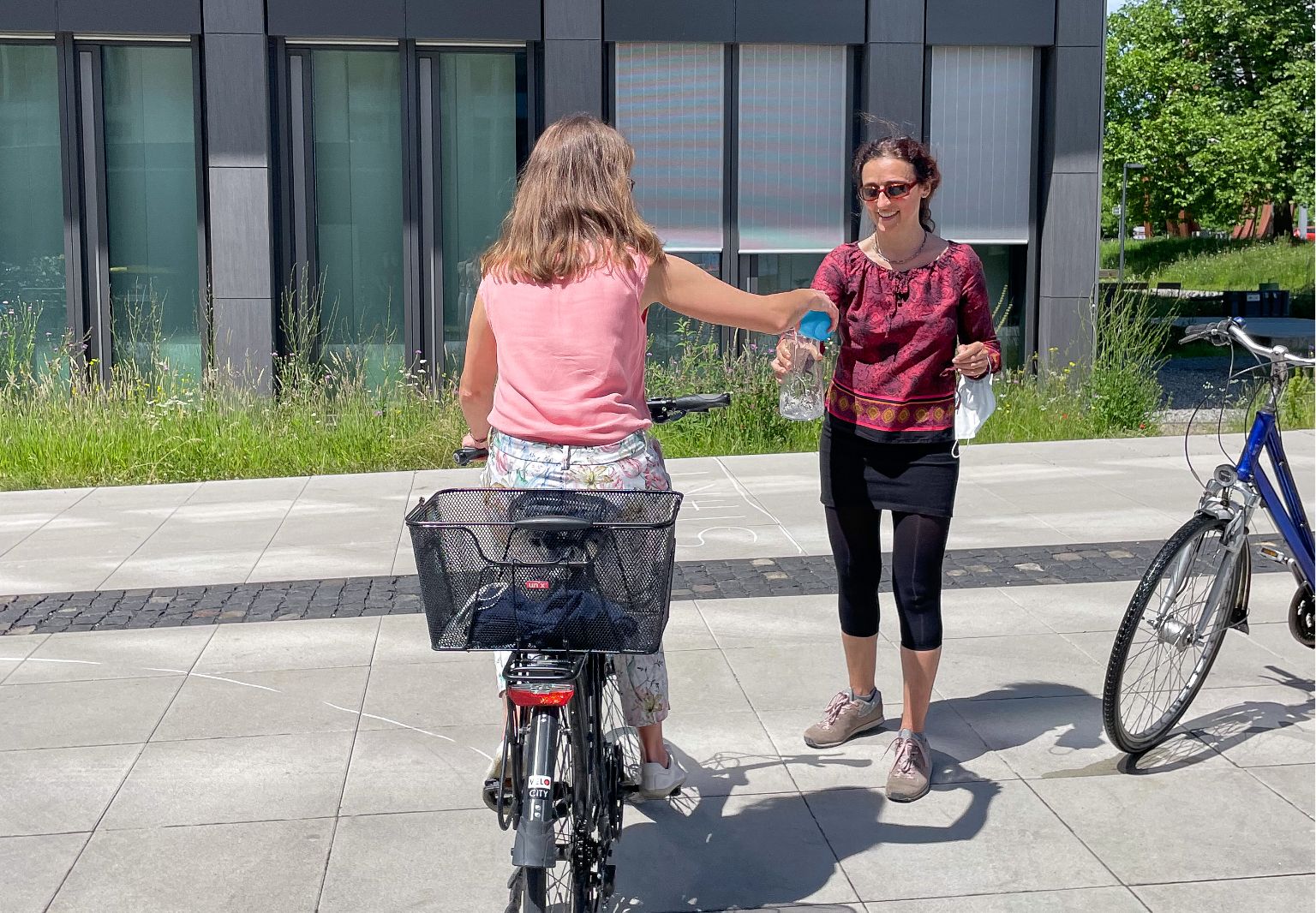Our actions are guided by the principle of sustainability. We firmly believe that it is vital to combine social responsibility, ecological balance and economic capability for future generations to be able to live in safety, security and dignity. This is underpinned by GIZ’s Sustainability Guidelines which have acted as a compass since 2016, giving direction to our actions. They dictate the standards for our daily work and set out the values we seek to follow both internally and when implementing commissioned projects. They also help us to comply with obligations arising from international agreements and with environmental and social standards in our cooperation countries.
Our corporate structure also reflects our ambitions, with our governance structure consisting of the Sustainability Office, the Sustainability Board and the Director Corporate Sustainability. Together, they continue to hone GIZ’s sustainability governance.
